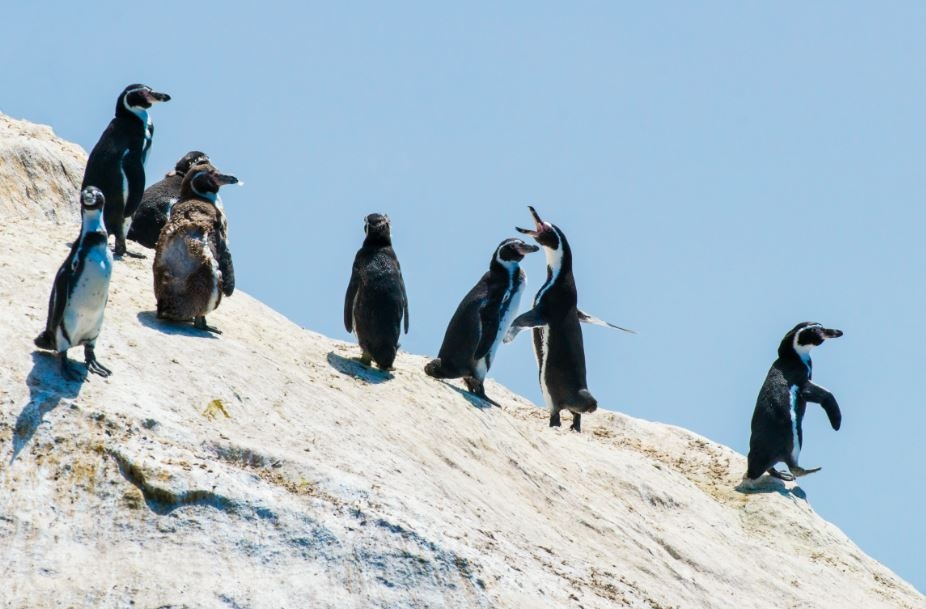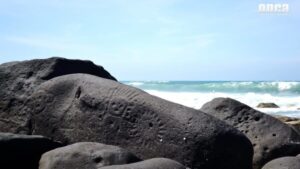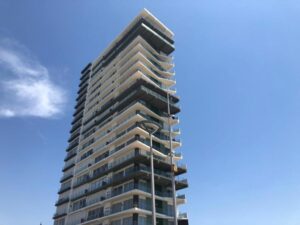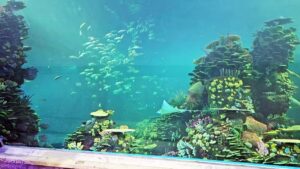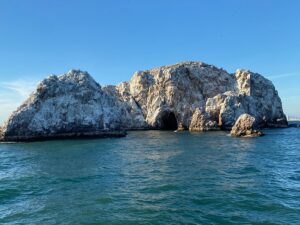Birdwatching at Pingüino de Humboldt National Reserve, Chile
Nestled along the northern coast of Chile, the Pingüino de Humboldt National Reserve is a haven for birdwatchers and nature enthusiasts alike. This stunning reserve, named after the Humboldt penguin, offers a unique opportunity to observe a diverse array of bird species in their natural habitat. Whether you’re an avid birder or simply looking to enjoy the beauty of Chile’s coastal landscapes, this reserve promises an unforgettable experience.
What to See
The Pingüino de Humboldt National Reserve is renowned for its rich biodiversity, particularly its birdlife. The star attraction is, of course, the Humboldt penguin, which can be seen waddling along the rocky shores or diving into the ocean. These charming creatures are a delight to watch, especially during the breeding season when they are most active.
In addition to the penguins, the reserve is home to a variety of other bird species. Keep an eye out for the Peruvian booby, a striking bird with a distinctive blue beak, and the elegant Inca tern, known for its unique white mustache. The reserve’s coastal cliffs and islands also provide nesting grounds for cormorants, pelicans, and gulls, making it a birdwatcher’s paradise.
A Bit of History and Interesting Facts
The Pingüino de Humboldt National Reserve was established in 1990 to protect the unique ecosystems of the Humboldt Current, a cold oceanic current that flows along the west coast of South America. This current creates a nutrient-rich environment that supports a wide variety of marine life, including the reserve’s iconic penguins.
Interestingly, the Humboldt penguin is named after the German naturalist Alexander von Humboldt, who explored the region in the early 19th century. These penguins are adapted to the cooler waters of the Humboldt Current and are found only along the coasts of Chile and Peru.
The reserve itself spans three islands: Damas, Choros, and Chañaral. Each island offers its own unique landscapes and wildlife, making them worth exploring if you have the time. Damas Island, in particular, is known for its beautiful beaches and clear waters, perfect for a relaxing day trip.
How to Get There and Tips for First-Time Visitors
The Pingüino de Humboldt National Reserve is located approximately 115 kilometers north of La Serena, a popular coastal city in Chile. The most common way to reach the reserve is by car or bus to the small fishing village of Punta de Choros, where you can catch a boat tour to the islands. These tours are typically guided and provide an excellent opportunity to learn more about the local wildlife and ecosystems.
For first-time visitors, it’s important to note that the reserve is a protected area, and certain rules must be followed to preserve its natural beauty. Always stay on designated paths, avoid disturbing the wildlife, and take any trash with you when you leave. It’s also a good idea to bring binoculars for birdwatching, as well as sunscreen and a hat to protect against the sun.
Boat tours can be booked in advance, especially during peak tourist seasons, to ensure availability. The best time to visit is during the spring and summer months (September to March) when the weather is pleasant, and the wildlife is most active.
Whether you’re captivated by the sight of penguins frolicking in the surf or the graceful flight of seabirds overhead, the Pingüino de Humboldt National Reserve offers a truly magical experience for nature lovers.
